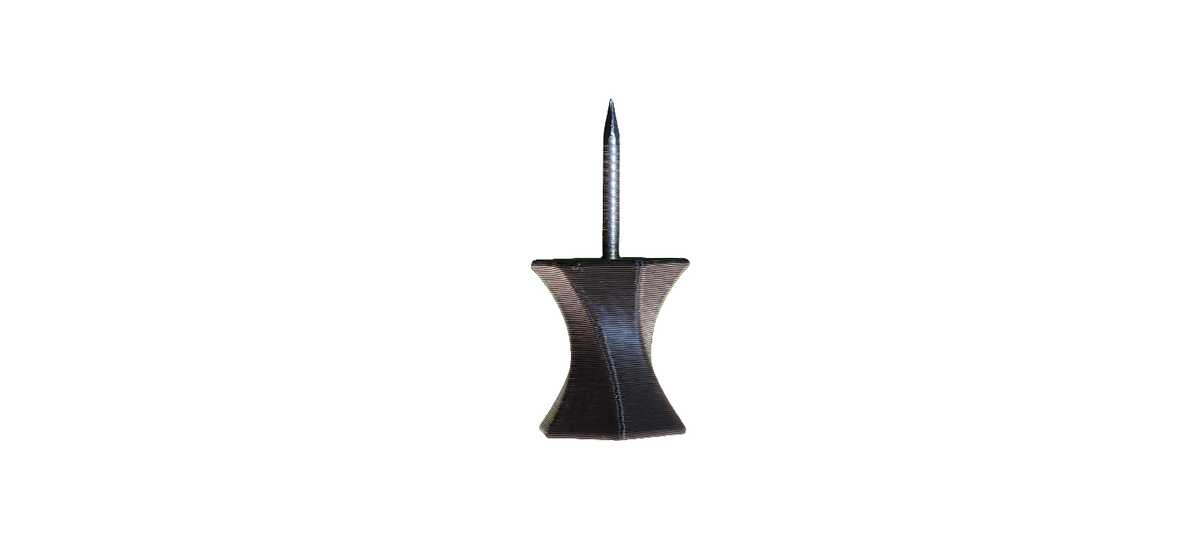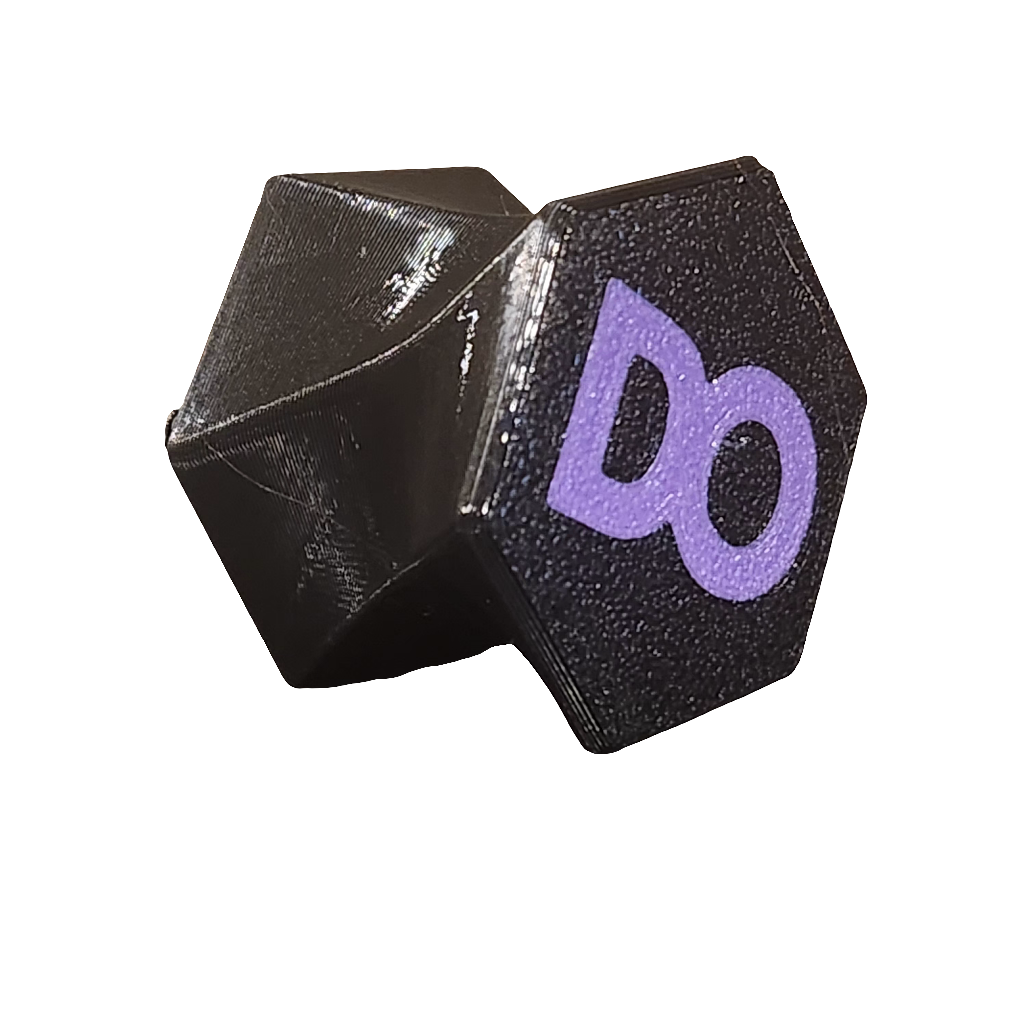Are "Super" Materials Worth the Hype?
If you've shopped for a new flagship bow recently, you've probably noticed prices are getting steep. Manufacturers often attribute these rising costs to "higher quality, aerospace-grade materials." But is the hype real? Are these new-age materials actually making you a better hunter, or just making your wallet lighter? Let's break down three popular bows to see if the material justifies the price tag.
The Contenders.
We'll look at three top-tier bows for 2025: the Hoyt Rx9, the Mathews Lift X, and the Expedition Xlite. Each uses a different riser material, and each comes with a very different price.
|
Bow Model |
Riser Material |
Weight |
Price |
|
Mathews Lift X |
6061 Aluminum |
4.0 lbs |
$1,359.00 |
|
Expedition Xlite |
Magnite (Magnesium) |
3.75 lbs |
$1,849.99 |
|
Hoyt Rx9 |
Carbon |
3.99 lbs |
$2,099.99 |
Aluminum.
Mathews has held strong with their choice of 6061 aluminum for the Lift X, and for good reason. It's the gold standard. Modern aluminium bows are precisely machined from a solid billet, a process that creates an incredibly tough, rigid, and consistent riser. Honestly, you could probably run one over with a truck and it would still shoot just like it did out of the box. For the price, machined aluminum offers unbeatable performance and durability.
Carbon.
Hoyt's carbon Redwrx series, including the Rx9, has been extremely successful. Carbon does offer a different feel: it's warm to the touch on cold days and known for its exceptional vibration-damping properties. However, this comes at a premium. Hoyt's complex, hollow-tube carbon risers are famously made in their Salt Lake City, Utah facility. This labor-intensive domestic process makes it one of the most expensive hunting bows on the market. While the performance is undeniable, is a slight change in vibration worth an extra $600+?
Magnite.
Expedition Archery has introduced its new "Magnite" riser on the Xlite. What is Magnite? It's a trade name for a magnesium alloy. Back in the '80s and '90s, magnesium was popular because it was significantly lighter than the cast aluminum of the era.
Today, however, the key question for the Xlite is its manufacturing process, which Expedition Archery doesn't specify on their website. This leaves us with two possibilities. Is it made using an advanced casting or injection molding process, which is typical for magnesium risers? Or is it fully machined from a solid billet, like its aluminum counterparts?
This detail is critical to the price.
-
If the riser is cast, it’s fair to question the nearly $1,850 price tag, as casting is generally a less expensive process than machining a billet of aluminum.
-
If the riser is machined, the process is incredibly difficult and expensive due to magnesium's hazardous properties, which could explain the high cost.
Without clarity from the manufacturer, the consumer is left to wonder. You're paying a premium for an impressively lightweight bow, but what are you paying for in the riser itself? A common manufacturing process with an exotic material, or a truly exotic and expensive manufacturing process? Either way, it highlights that the significant upcharge is for weight savings.
Does a Few Ounces Really Matter?
Let's talk about weight. The Xlite is the lightest at 3.75 lbs, while the Lift X is the "heaviest" at a whopping 4.0 lbs. That's a quarter-pound difference about the weight of a deck of cards.
If you're a backcountry hunter hiking dozens of miles, you might notice that. But for the vast majority of us, especially Midwest whitetail hunters, our bow is hanging on a hook in the treestand most of the time. The fractional weight savings simply don't impact the hunt.
Final Shot
At the end of day, you won't be disappointed with the performance of any of these bows. They are all top-of-the-line machines. However, you shouldn't feel pressured to empty your pockets for a marketing buzzword.
The reality is that a billet-machined 6061 aluminum riser is more than strong and light enough for any hunting situation. The added expense of carbon or magnesium often comes down to a different feel or manufacturing process, not a giant leap in practical field performance.
As we reach the limits of bow design, it's more important than ever to ask what you're really paying for: true innovation or just a "super" material? At this rate, don't be surprised when someone tries to sell you a $3,000 titanium riser that can deflect bullets and absorb radar waves, we seem to be headed there.


0 comments